New York City-based photographer Brad Wilson began his professional career in 1996 working in both the fine-art and commercial fields. After years of photographing humans for clients like Sony, Mercedes, Virgin Records, GQ, Esquire, Traveler’s Insurance, and Bloomingdales, he wanted to push himself in a different direction, turning his camera on animals. He brought animals into his photo studio, contrasting his environment with theirs. The project was released released as a book, Wild Life (Prestel 2014). In the introduction, Wilson notes the project was a huge undertaking. “I was facing subjects that did what they wanted with no regard for me or my artistic agenda. Specific verbal directions were replaced by patient waiting and observation…. In the midst of our modern human civilization with all its technological complexities, animals still remain stark symbols of a simpler life and a wilderness lost.”

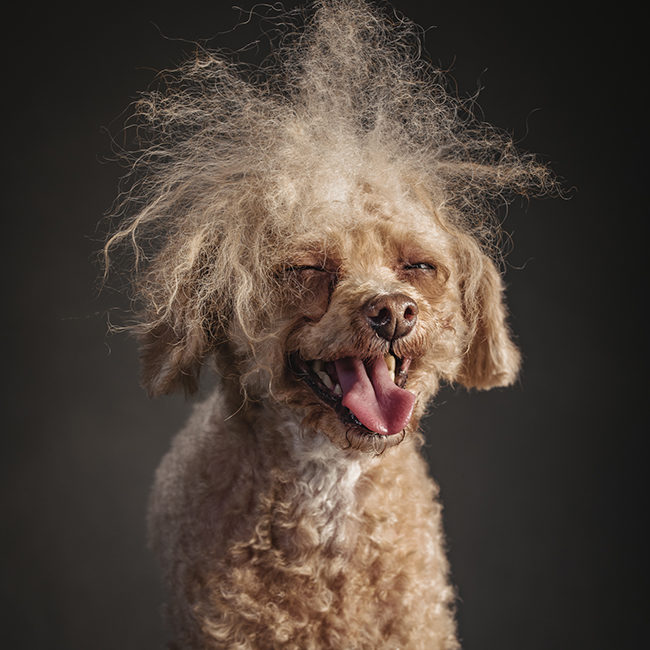
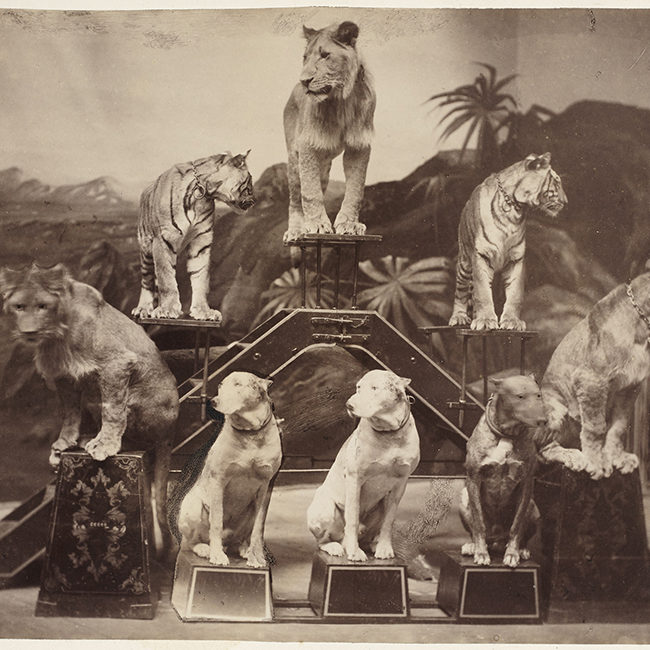
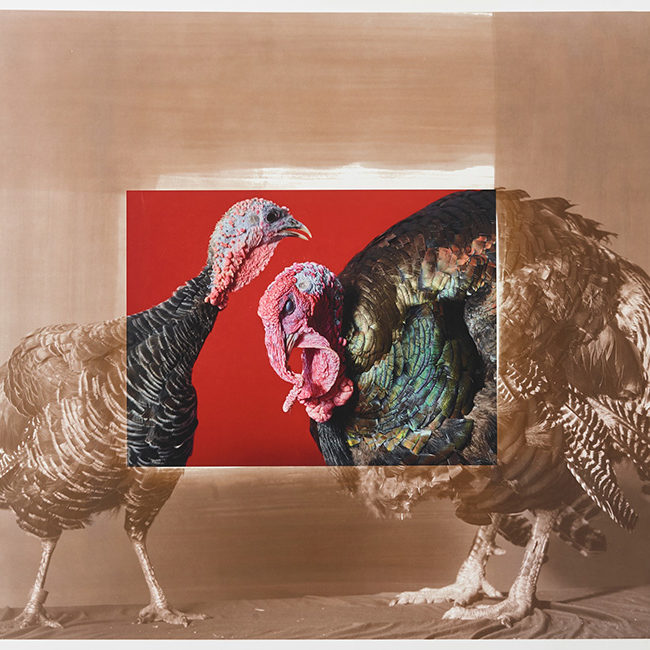
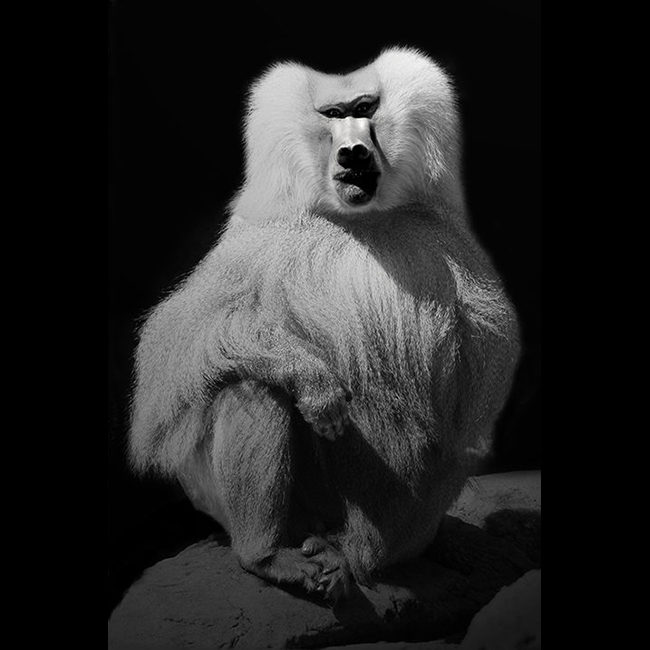
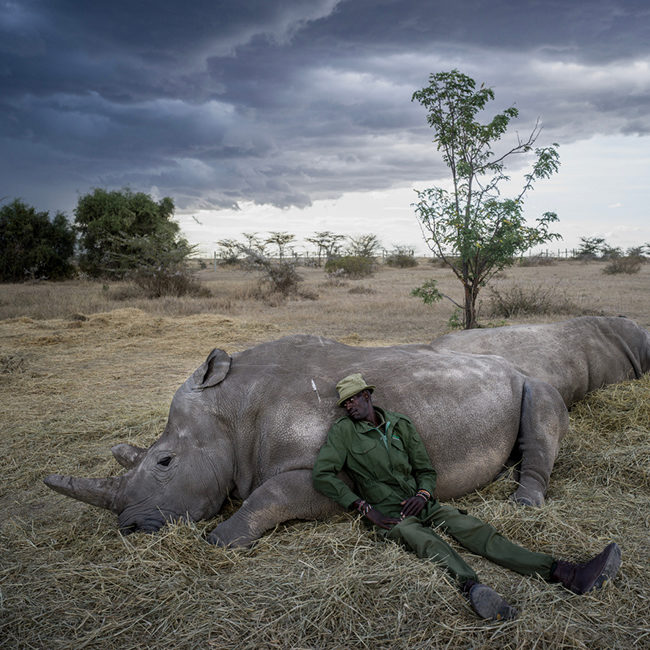
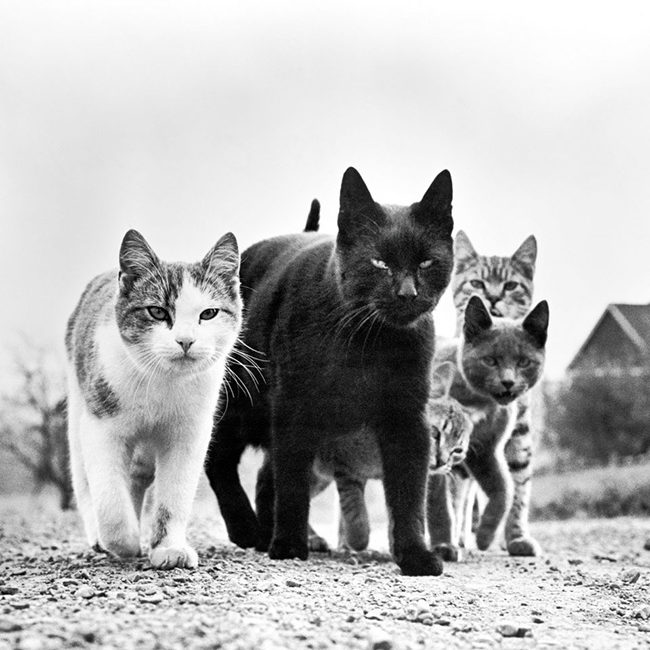
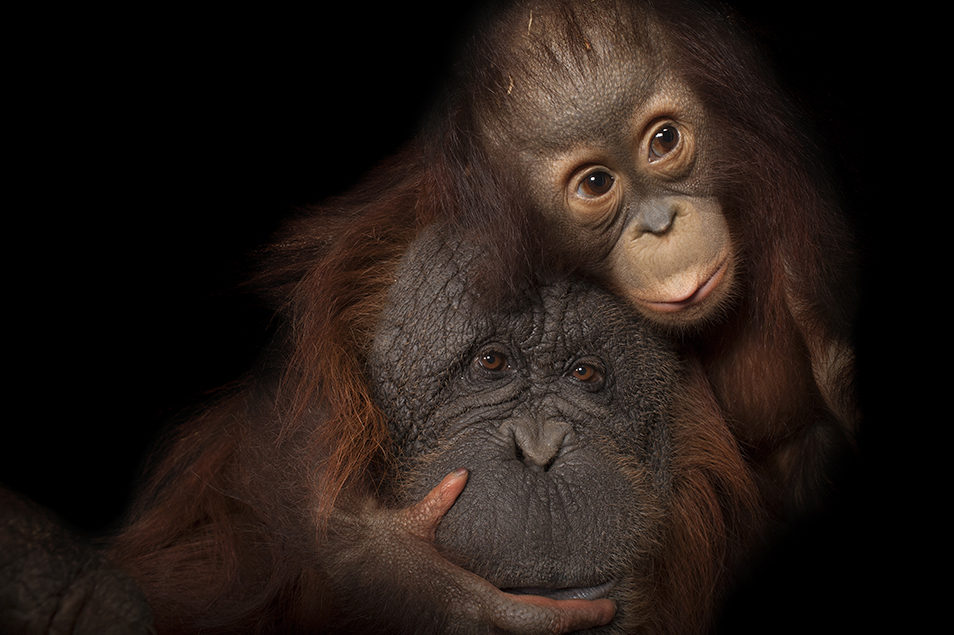
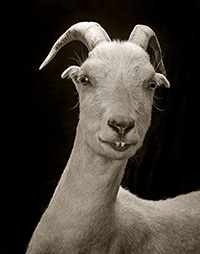
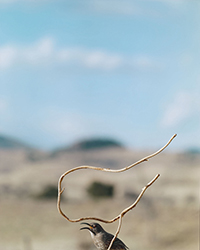
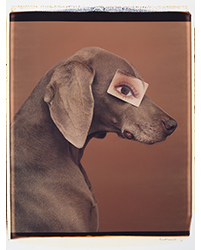
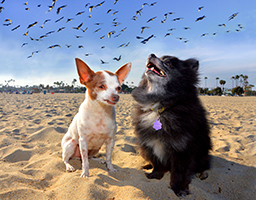
This style has been seen so many times –Studio shots ? Why is this important ?
Majority of photographers with studio and availability of animals can do it!
Why don’t you promote people who are good but at least do this outside without studio or big production?
I can name a few-and im sure PDN can as well
I agree
I must agree- studio shots are so overdone !
Have to agree the results don’t live up to the effort – a video of the shoot would say more about photography and the (hopefully non-sedated) subjects.
It reminds me of Tim Flach photos which I liked until I released that he was using predators to scare non predatory animal – so he can get desired expressions !
For example he was using domestic cats to scare birds
So he can take photos of birds loosing it!
And all done in the studio!
After that I trashed his book!
And all this can be seen on youtube
I completely disagree with the above comments. These are beautiful studio portraits of amazing subjects. The details and hues Wilson was able to capture in a studio environment, not to mention the ability to set the subjects completely apart from any background, make these utterly different than what he could capture in the wild or in a zoo. Just look at the various eyes in these photos if you really want to see what makes them different.